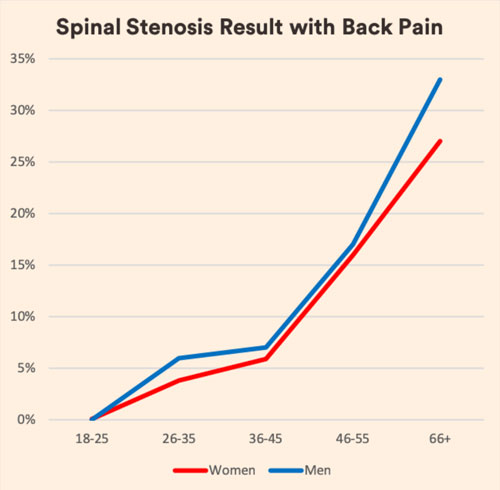
You probably know the Internet is not the best place to research your health. But few can resist the urge to google symptoms when you’re not sure what’s going on and you’re trying to decide if you should go to the doctor. So how bad is the information you’ll find? Does K do any better? We asked our VP Medical, internist and cardiologist, Dr. Edo Paz.
“The issue isn’t so much that health information online is always wrong—although there is plenty of bad content on the web, a few reputable health institutions are publishing quality information about various conditions. The bigger issue is that what you read may have nothing to do with your situation, leaving you worried about things that aren’t even relevant to your age, gender or specific symptoms.”
To see what Dr. Paz is talking about, we decided to test out one of the most popular symptom checkers on the web with a simple case: a 24 year old guy with back pain.
The symptom checker prompts you to enter the age, gender, and the main symptom, which in this case is ‘back pain.’ The results listed the following conditions as a “fair match”: a herniated disk, a vertebral compression fracture, a kidney stone, a low back strain, Ankylosing Spondylitis, or Lumbar Spinal Stenosis.
“Not only is that a wide range of possibilities, I’m surprised to see Spinal Stenosis and vertebral compression fracture on the list for a patient this young. Those conditions are rare at his age, and much more common for older patients. Ankylosing Spondylitis is also very rare compared to some of the other, more common causes listed.”
Just how rare is Spinal Stenosis for men under the age of 25? We pulled some data from K, which has had over 50,000 conversations with men and women about back pain in the last 6 months. K works by comparing their specific symptoms to similar cases to see how those cases were diagnosed in similar people. We were curious to see how often Spinal Stenosis was presented as a possibility based on similar cases.
Check out the chart below. It shows how often Spinal Stenosis was presented as a possibility based on similar cases. We sorted it by gender and age range. Notice that for both men and women under 25, Spinal Stenosis is almost never suggested.

In fact, for men 18-24, out of over 6000 chats, only 5 were comparable to cases with a clinical diagnosis of Spinal Stenosis. This data shows how exceedingly rare the condition is in patients under 25. K asks an average of 20 questions to understand symptom location, duration, and severity, so the app will only present a rare condition if the symptom details match.
The result for the same case in the K app? It took two minutes to look up 14,000 real cases of low back pain in guys 21-27. Over 90% of these cases were diagnosed a low back strain. Most guys saw a primary care doctor, the majority of whom recommended Advil or Aleve for the pain.
“This is why it’s so important to get information that takes into account your age, gender, and the details of your symptoms.” Dr. Edo Paz said.
So step away from Google, share this with a hypochondriac friend, and get the free K app for iPhone or Android.
K Health articles are all written and reviewed by MDs, PhDs, NPs, or PharmDs and are for informational purposes only. This information does not constitute and should not be relied on for professional medical advice. Always talk to your doctor about the risks and benefits of any treatment.

 Medically reviewed
Medically reviewed